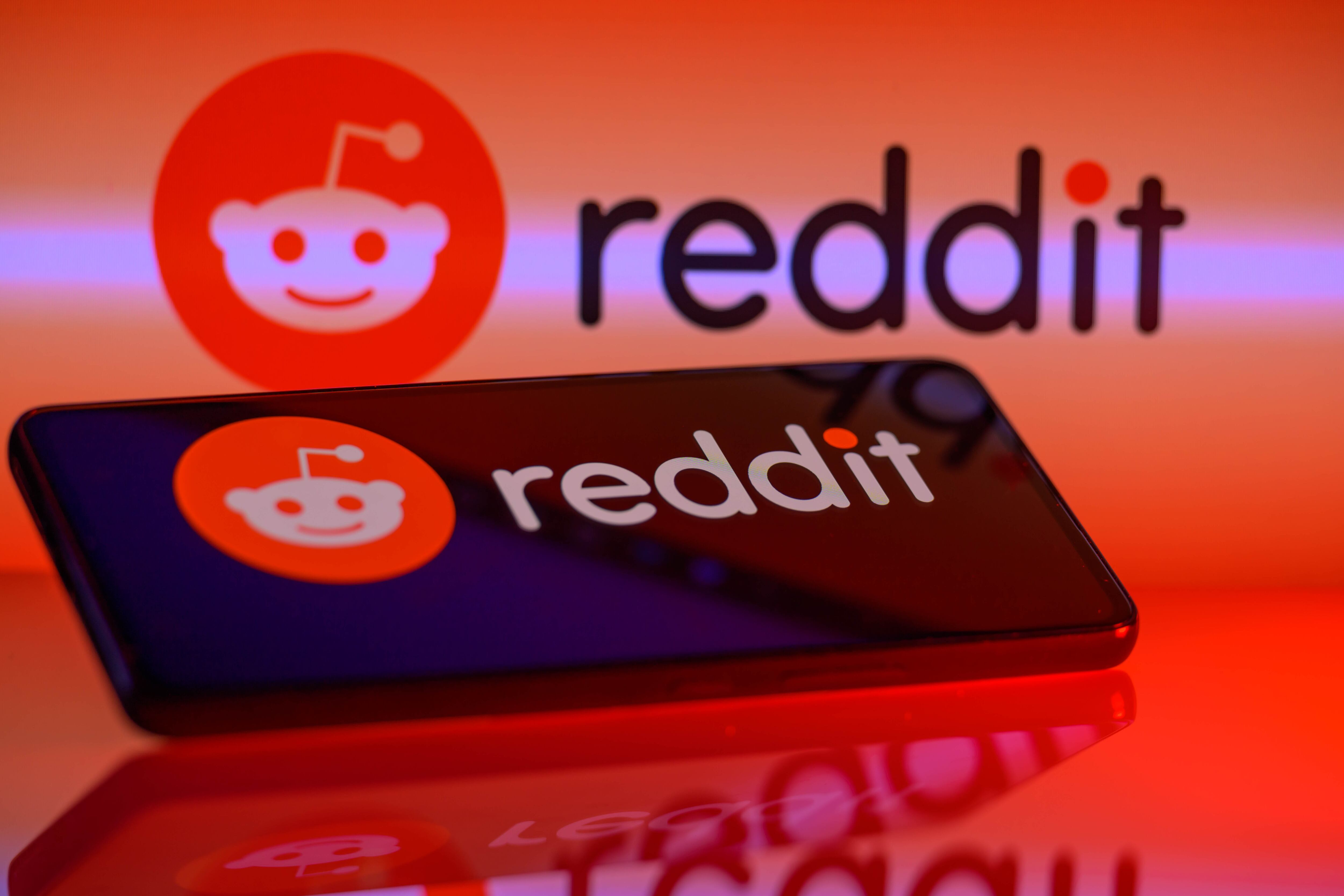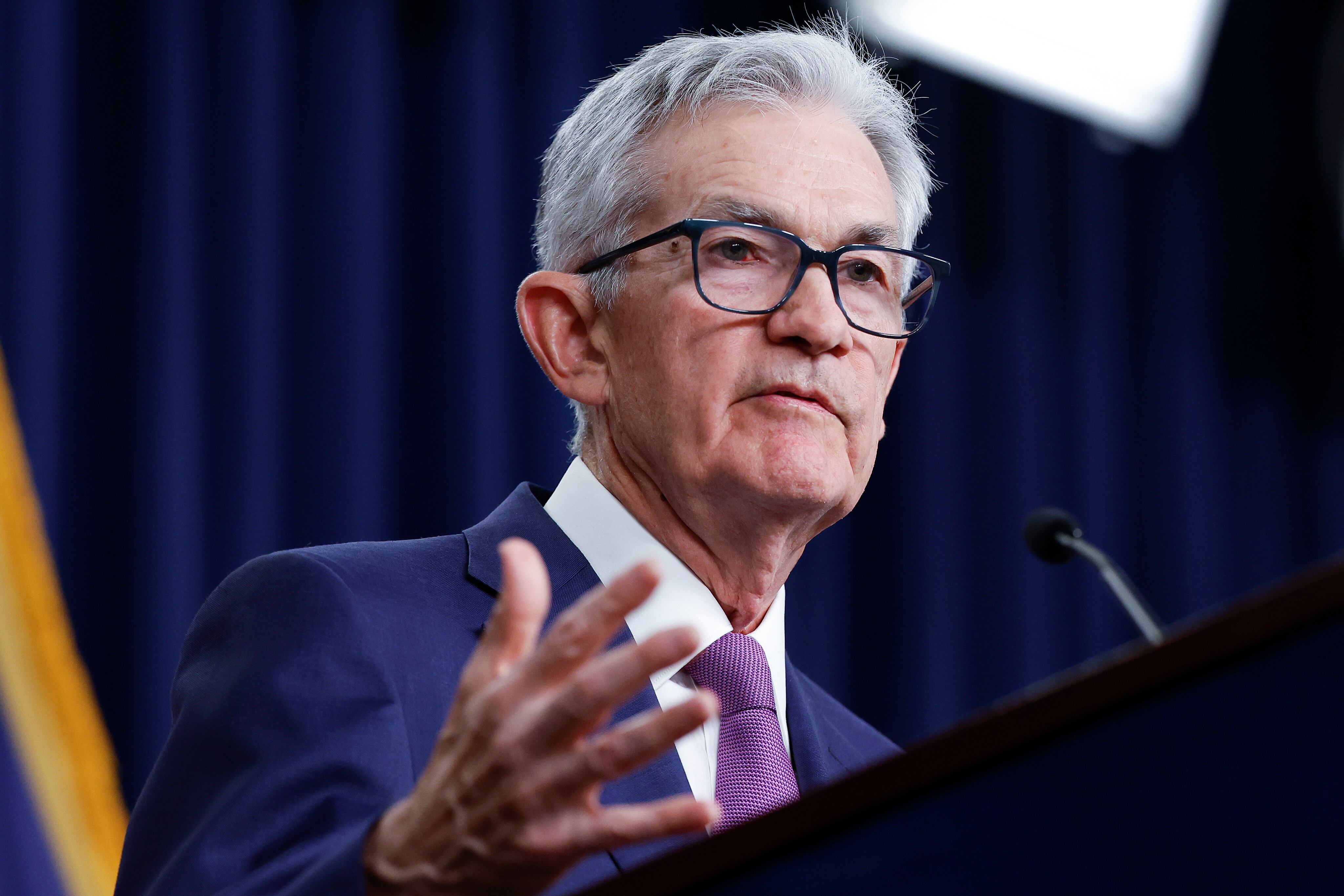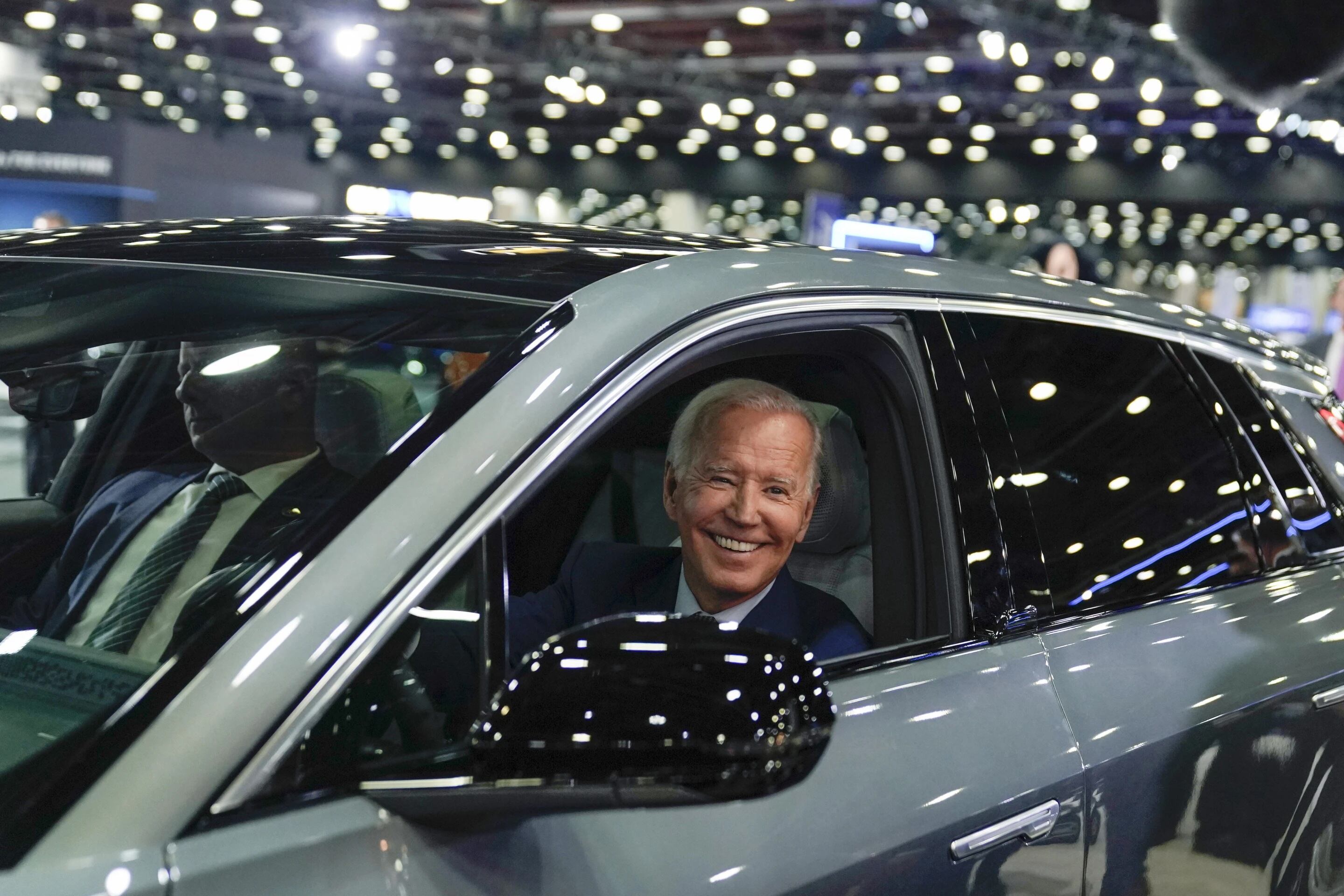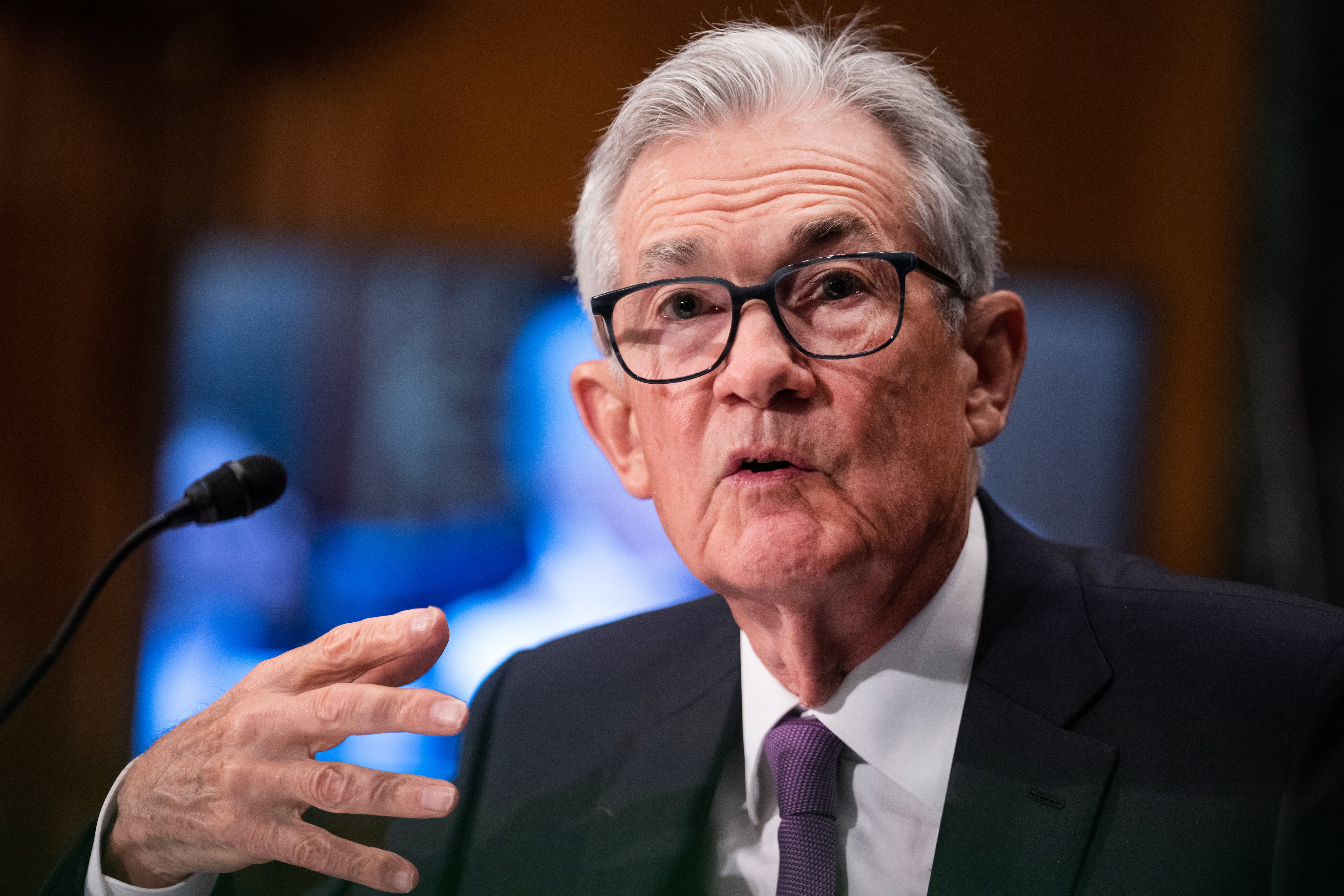The count is on. Late Wednesday night, workers at the Amazon fulfillment center in Staten Island, New York cast the final votes in a union election that could impact the lives of thousands of employees in one of the company's biggest distribution hubs.
The election began on Friday, March 25, and for the last week, the 855,000-square-foot warehouse has turned into a battleground for the future of organized labor in the U.S.
The ecommerce giant has repelled previous unionization attempts, but is now facing three elections at the same time, two of which are in the same Staten Island complex. Another election in Bessemer, Alabama, the second in the past two years, wrapped up Wednesday and is now in the counting phase.
The elections come amid a burst of labor activity across the country. Multiple Starbucks locations have successfully unionized in recent months, including one in the coffee chain's home-base of Seattle, and workers at a Google Fiber retail location in Kansas City, Missouri, successfully unionized just last week.
The scale of those efforts, however, pale in comparison to the election underway in Staten Island. The fulfillment center, which is officially called JFK8, employs roughly 6,000 people, and is a crucial link in the company's distribution network around New York City. This is also the first attempt to unionize an Amazon facility located in a labor-friendly state.
That raises the stakes for Amazon, but it also presents a challenge to organizers: getting thousands of workers scattered across a building the size of 14 football fields to come together.
"This is a small city that we're trying to unionize, compared to a Starbucks," Christian Smalls, president of the Amazon Labor Union, told Cheddar. "We're talking five-, six-, seven thousand people. Of course, that's a challenge, but we spent 11 months getting to this point."
A city is one way of describing it. An island might be another. The complex of three Amazon warehouses, including a sortation, delivery, and fulfillment center, is located in a remote corner of Staten Island that's surrounded on all sides by marshes, wetlands, and other large industrial properties. The road in and out is a cul de sac and there's a single bus stop.
Multiple workers said that feeling of isolation is also felt inside the warehouse. "The only people you see are to the left or right, and the productivity quotas are so high, you have no time to talk," said Brett Daniels, an organizer for ALU who's worked at JFK 8 since September
The difficulty in connecting with colleagues has played a big part in determining which workers and which departments were more or less supportive of forming a union.
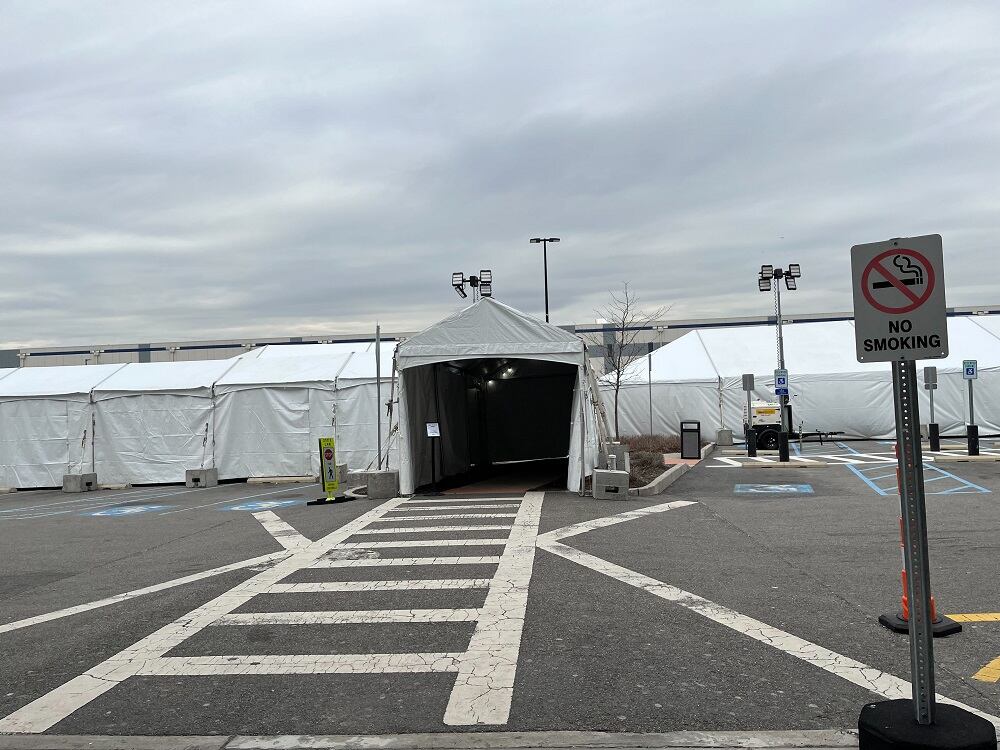
Inside the Warehouse
To understand that breakdown, here's a quick primer on how the warehouse operates:
There are four main departments, which workers call ship dock, stow, pick, and pack. While those might sound like the names of Snow White's friends, they are actually massive operations involving thousands of employees. Ship dock unloads the trucks full of goods sent from merchants. Stow places those goods in the warehouse's robotically-assisted shelving units, and pick goes in and grabs those goods when they're ready to be shipped to customers. Pack, finally, places those products back into boxes and sends them on their way.
This operation also runs in the reverse, so there are inbound and outbound pack departments, and inbound and outbound ship-dock departments. In addition, the facility runs 24/7, so there are night and day shifts that rarely cross paths.
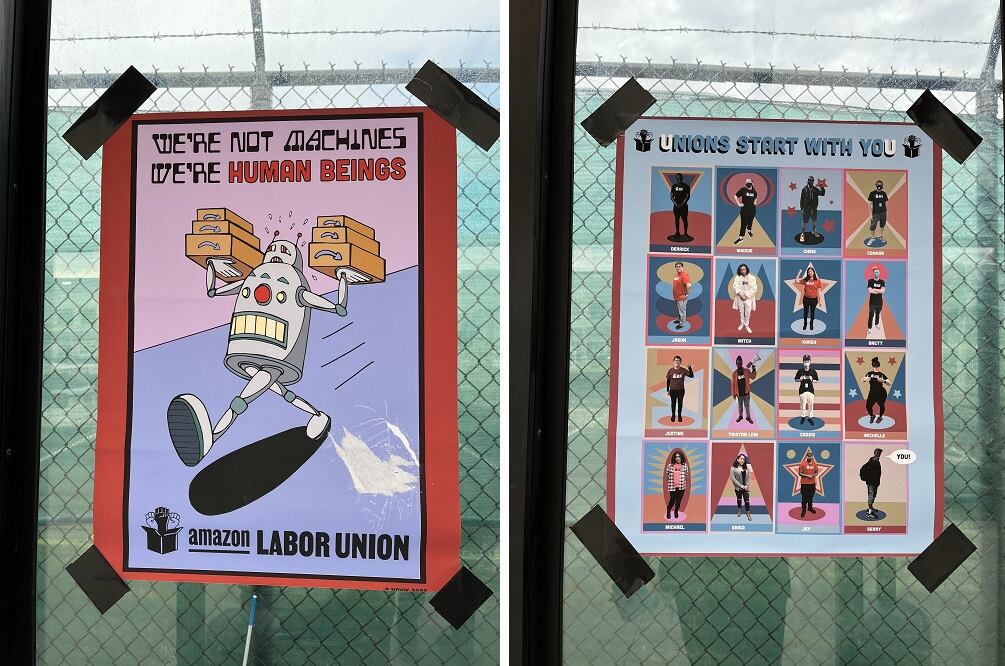
Related: How Amazon Gets That Package to You
Support for the Amazon Labor Union seems to be most concentrated in pack because that's where it all got started. Both of the original founders, Smalls and Derrick Palmer, worked in that department, where they built support for the union through personal connections.
The other cluster of supporters, according to several workers, is the ship-dock night shift, which is actually located next to the pack department in the warehouse.
Ne Andre Edwards, who works in stow, said the least supportive departments are pick and stow, in part because they're farther away from the organizers in pack.
"Stow and pick are on the outskirts of the building, and pack is in the middle of the building," he said. "So unless you work in stow or pick, there's really no reason to be over there."
He also explained that stow and pick have a higher turnover rate than the rest of the building because it's easier to get write-ups, and three write-ups can lead to a firing.
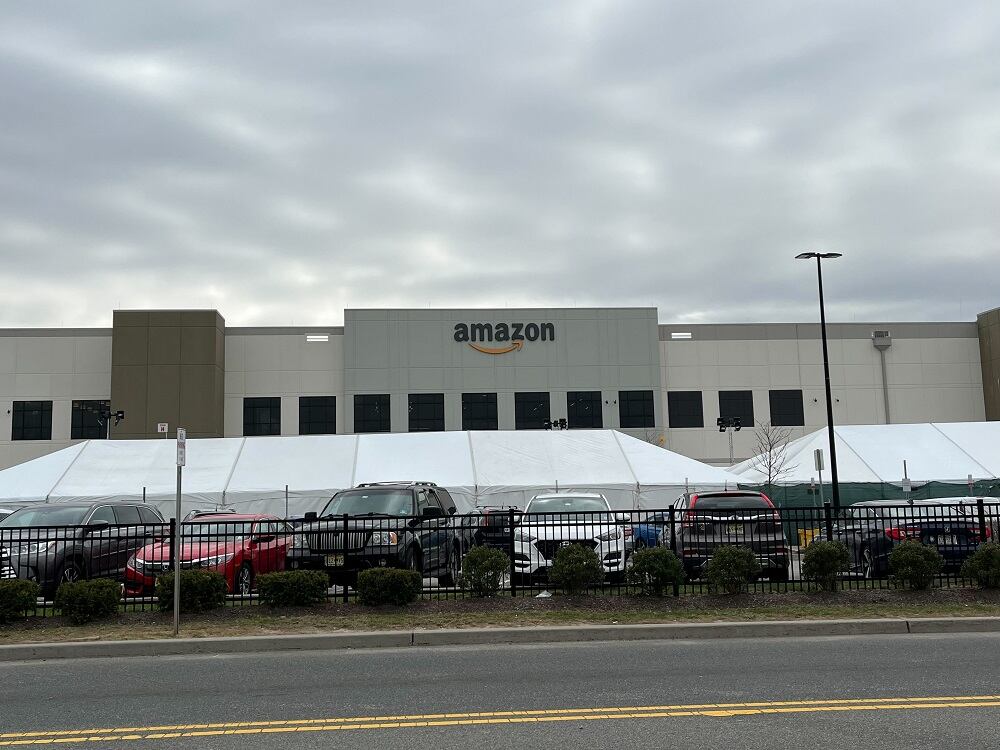
No Time to Organize
The size of the warehouse is just one reason crossing departments is difficult. Time is another.
Angelika Maldonado, who works in outbound pack, said it's "almost impossible" to speak with other departments during your shift because of a system called "time off task." Basically, when workers sign into their station with their ID badge, any time away from their allocated tasks is tracked. "They can tell when you pause, when you've left the station for two minutes, 10 minutes, 15 minutes," she said. Often, she added that workers are forced to defend their "TOT."
The system is behind recent controversies at the company related to bathroom breaks.
"In reality, they don't tell you how much time you have to use the bathroom, but if you take 30 minutes to use the bathroom that could be a write-up," she said. "Sometimes you have to put some extra pep in your step just to use the bathroom. Nobody should have to work under those conditions."
Given these challenges, the ALU has tried to organize at key gathering places, such as the break room and the bus stop. Whether these efforts pay off won't be clear until the votes are counted, but organizers' optimism is often related to their position at the warehouse.
Cheddar spoke with several workers who said they voted "no" or sat out the election. The majority of them wished to remain anonymous, as fears of retaliation from the company for talking to the press ran high. Many said they didn't believe the union would make a difference, or that they were just there to get paid.
"I don't even vote," said one worker anonymously. "Whatever happens, happens. I just want to collect a check and go home."
Smalls said this line of thinking is the result of the company's anti-union messaging to workers. "Amazon has done a great job with their anti-union propaganda, saying we don't have the experience, we don't have the resources, but that's just absolutely not true," he said. "We don't have the backing of major unions, but we've done a lot of things that major unions have not been able to do in the last 28 years."
Amazon said it's not taking interviews while the vote is underway.
“We look forward to having our employees’ voices heard," said Kelly Nantel, an Amazon spokesperson. "Our focus remains on working directly with our team to continue making Amazon a great place to work.”
